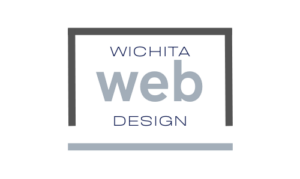SEO Made Simple: A Step By Step Guide – Frank Surget
SEO or Search Engine Optimization. Just another one of those not so new, fancy you hear all over the internet and in meetings. Is it the real deal or maybe a better question is…
What Is SEO or Search Engine Optimization?
A simple answer from Marieke van de Rakt, the founder of Yoast Academy and CEO of Yoast.
“SEO stands for ‘Search Engine Optimization’. It’s the practice of optimizing your web pages to make them reach a high position in the search results of Google or other search engines. SEO focuses on improving the rankings in the organic – aka non paid – search results. If you have a website and you want to get more traffic, it should be part of your marketing efforts.”
Why SEO Matters?
Why does SEO matter to your website? The simple answer here is because it can determine the level of success your site will have. If you have an e-commerce site selling products, SEO is essential to your success.
SEO is not only about search engines but good SEO practices improve the user experience and usability of a web site. Users trust search engines and having a presence in the top positions for the keywords the user is searching, increases the web site’s trust.
What Techniques Can I Use To Improve My Site's SEO?
Improve your page load speed.
If your page loads too slowly Google will penalize your site in its rankings. How slow is too slow? Research shows 40% of visitors will abandon websites if the page takes longer than 3 seconds to load. What’s even more shocking is that 80% of those visitors won’t return to that website.
Produce high-quality content
To drive more traffic to your website and increase its popularity, you need to give visitors a reason to keep coming back. Your content needs to be high quality, recent, and relevant. Another factor that impacts your SEO ranking is the so-called dwell time. This relates to how much time people spend on your website per visit.
Optimize your images
Pictures and other images are great for your website. But you need to make sure they are optimized properly if you want these images to improve your SEO ranking. I’m referring to factors such as the file format and size. Huge images can slow your page loading time, which, as I’ve said, hurts your ranking. Resize or compress your images to optimize them. You can also use your images to sneak in keywords by naming them accordingly.
What's The Future Of SEO?
Again, the first item to consider is page load time. Speed. Here are some estimates of “bounce probability” with different page load times:
1 – 3 seconds the probability of a bounce is 32%.
1 – 5 seconds the probability of a bounce is 90%.
1 – 6 seconds the probability of a bounce is 106%.
Another thing to consider is voice search. Searches without a screen (both image and voice) are predicted to be 50% of searches by 2020, and Google is working hard to surface those content types—which are new areas of optimization for SEOs. Google’s Direct Answer box should be the objective for every SEO. Google’s Direct Answers pull question and answer content from sites and display it high above the rest of the search results, increasing traffic and awareness.
